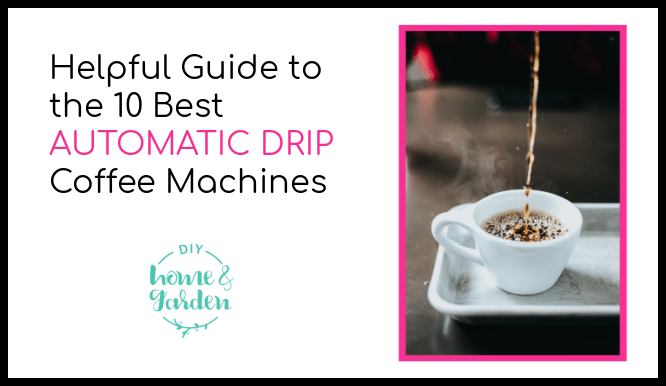Pour over coffee might be the best coffee you’ll ever taste. The flavor this brewing method produces is rich and smooth. You get the full flavor but no bitterness when you follow these easy steps.
Over the years, I owned a variety of electric coffee makers. From plain automatic drip machines to a Keurig to the Ninja Coffee Bar with all the bells and whistles, I’ve done all of them.
But I always revert back to my plain old Melitta pour over coffee brewer. It has no electrical parts to go bad. No timers to program. And no inner workings accumulating limescale from my county water system.
Works like a champ, without fail.
There is something wonderful about the entire process of making coffee in such a manual fashion. It became a very comforting part of my morning wake up routine.
Before we start, let me preface these instructions by disclosing that I own two pour over coffee makers.
The first one is the full-sized cone and pot for the morning time–when I’m brewing coffee for two people. The second is a single-cup pour over model that I use when I wish for a fresh cup of coffee throughout the day.
What is a Pour Over Coffee Brewer?
A pour over system is coffee-making in the very simplest form. The rig consists of a funnel-shaped basket, a cone-shaped filter, and a pot (or mug for the single-cup pour over) to catch the coffee.
The cone filters come in three sizes:
- The #2 cone, for the individual cup brewer;
- #4 cone for the middle-sized brewing system;
- #6 cone for the largest set-up.
When you purchase your pour over system, the box will indicate which size filter you need.
If you start shopping online for a pour over set-up, you might also see the synonyms manual coffeemaker or batch brewer.
How to Make Pour Over Coffee
Shall we begin?
 1 – Grind your coffee beans
1 – Grind your coffee beans
Start by grinding your coffee beans. It would be best if you had a mid-fine to medium grind. This size allows the water to permeate evenly around the coffee, extracting all the delicious tastes.
Evaluate the outcome after your first try. If the coffee turned bitter, grind them a little bit coarser the next time. On the other hand, weak coffee will indicate you need a finer grind.
2 – Set up your brewer
Place the cone-shaped basket over the pot or mug. Make sure it is sitting evenly, no wobbling!
Place the filter into the cone. I prefer the unbleached paper filters, but you can also find reusable cloth filters online.
3 – Measure out your grounds
I used the coffee measurements suggested on my Melitta when I first started to make my morning cuppa Joe this way years ago:
- Two tablespoons per 6 ounces for medium ground;
- Two teaspoons per 6 ounces of finely ground.
I checked their website, and this is still their recommendation.
But the truth of the matter is that I find one tablespoon for about every eight ounces to be the perfect flavor for my preferences. Everyone has their own idea on coffee strength, so feel free to experiment with this.
Of course, these go into the filter in the cone basket.
4 – Boil your water
Bring a kettle of cold, filtered water to a boil. Shut the water off just as soon as it comes to a gentle boil.
Of course, you will want to know why not tap water. Fair question. Tap water contains minerals and impurities that impact the delicate notes of your java.
Regardless of what coffeemaker you choose, filtered water always delivers the finest result.
5 – Pour the water over the coffee
Continuously pour the water around, just inside the rim of the cone.
During the first couple of passes, the grounds will bloom–a little bubbling action you will see as the coffee releases carbon dioxide gasses. (It also emits a rush of pleasingly intense coffee aroma),
Continue to pour the water in that circular, ensuring that you don’t form little rivers or ponds on the grounds. You want to use the water to keep flushing the grounds down into the cone for even saturation.
Note that you will use this same technique to make a single cup of an entire pot of coffee.
 The Bottom Line on Brewing in a Pour Over Coffee Maker
The Bottom Line on Brewing in a Pour Over Coffee Maker
If you would like to purchase the same large capacity Melitta coffee system I described, here is the Amazon purchase link. And this link is for the single-cup variation.
Brewing your morning cup of Joe in a pour over coffee maker looks easy–and it is. However, you should follow these five easy steps to get the best flavor. Once you master this technique, it might spoil you for all others!

